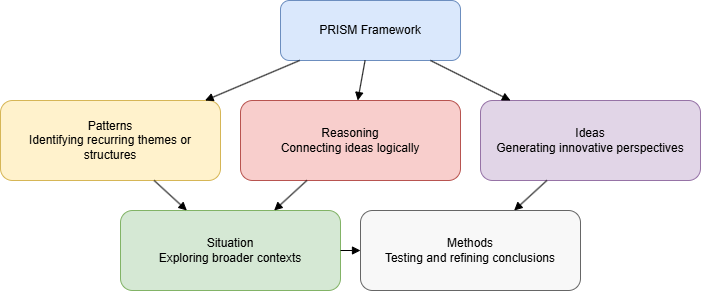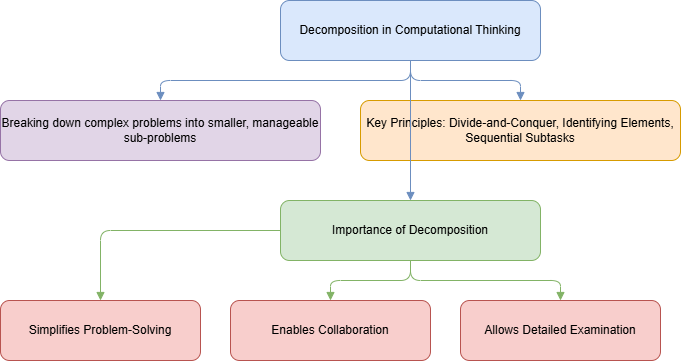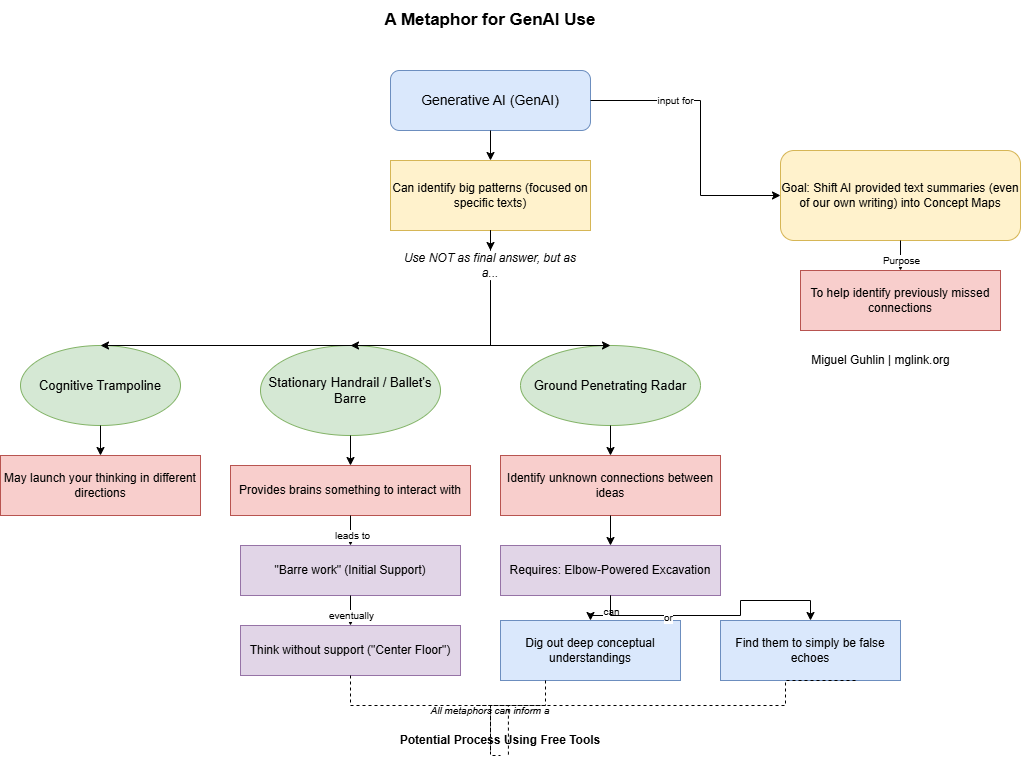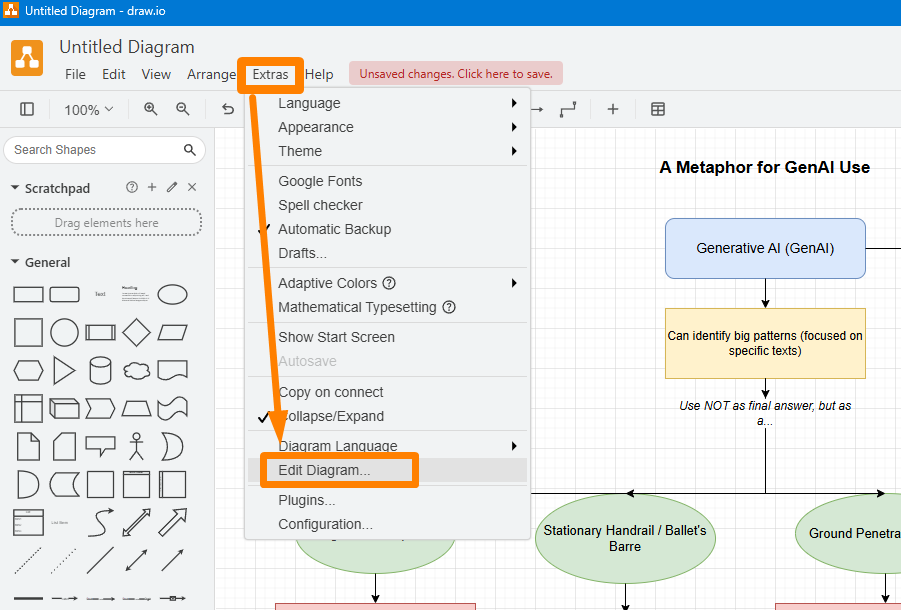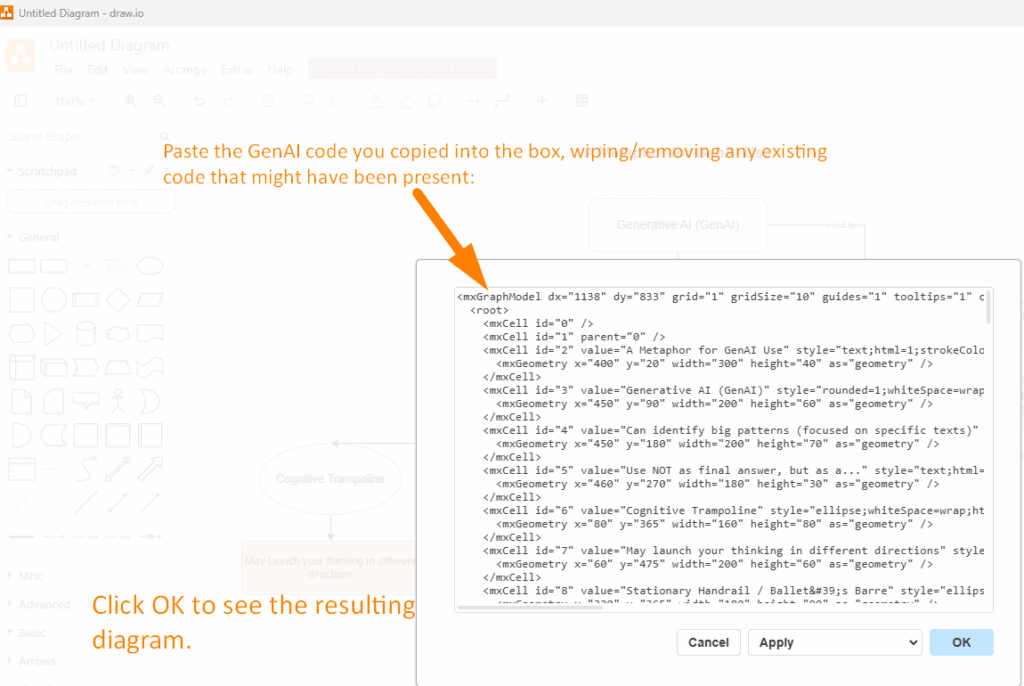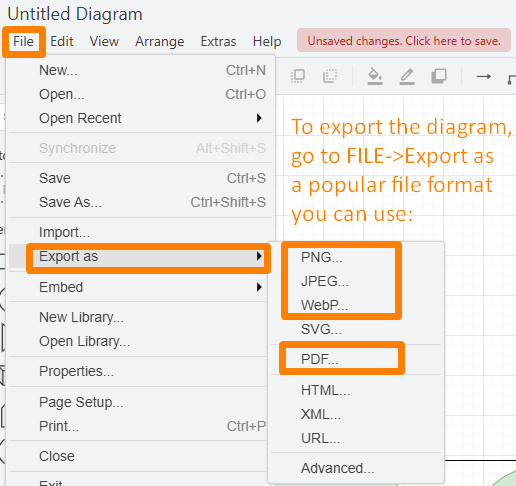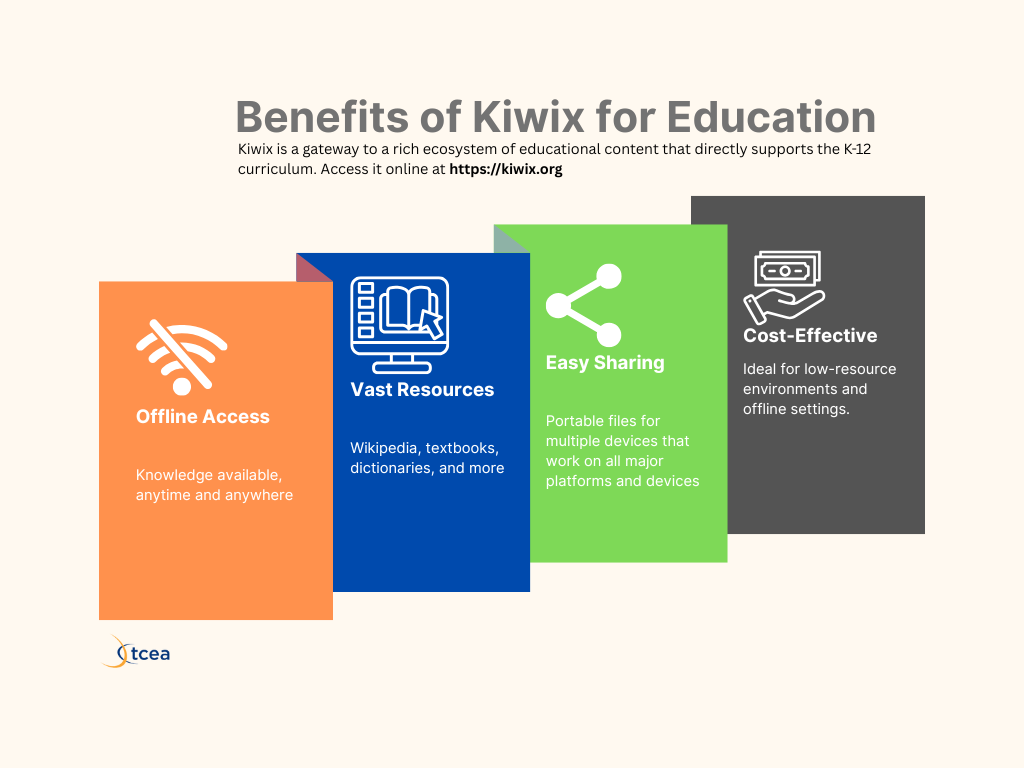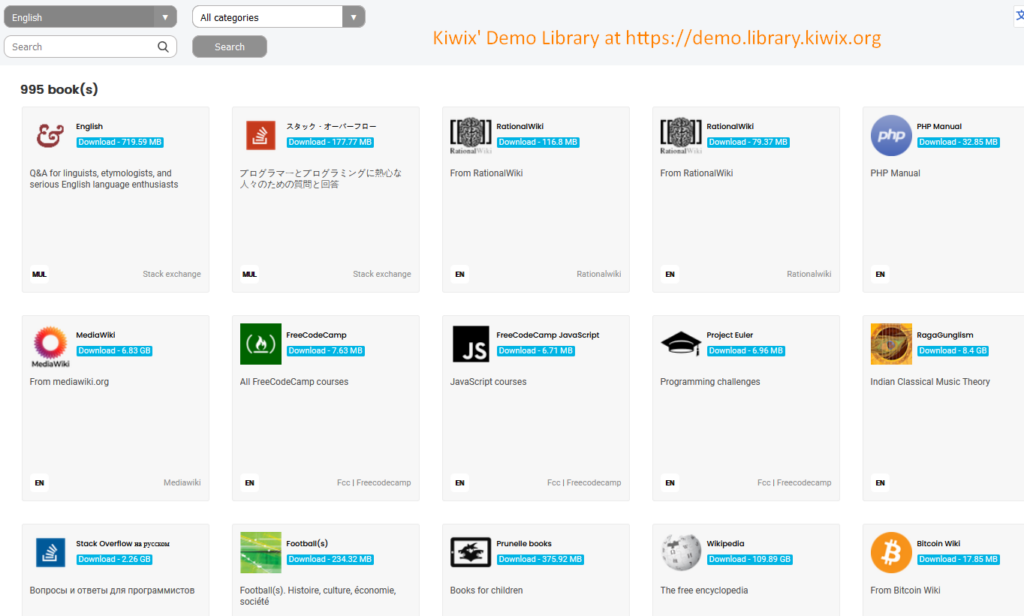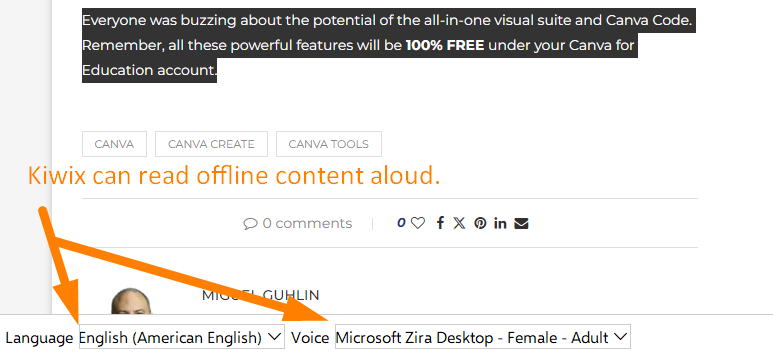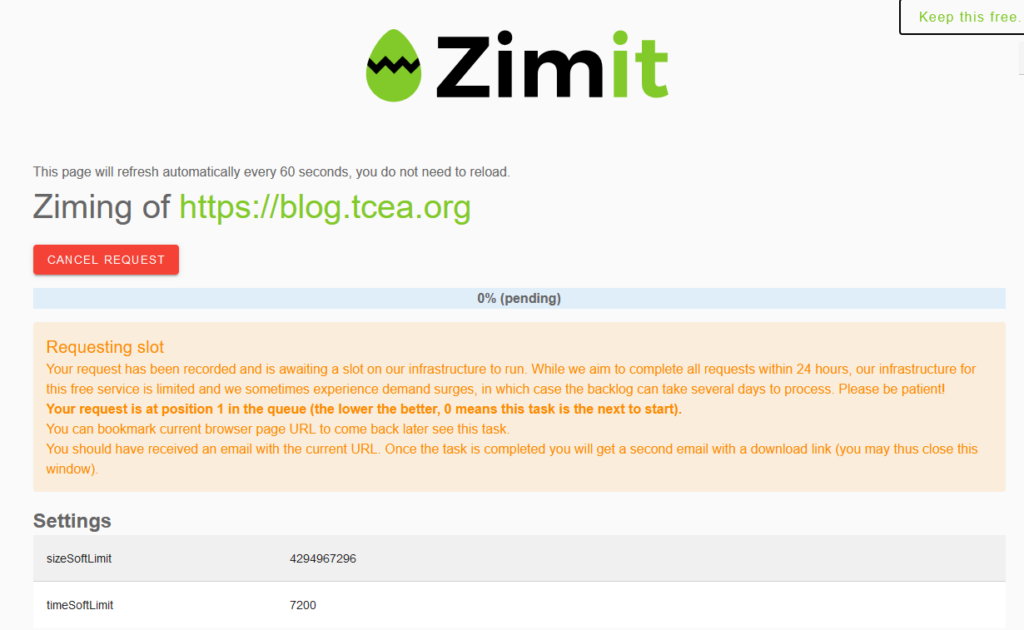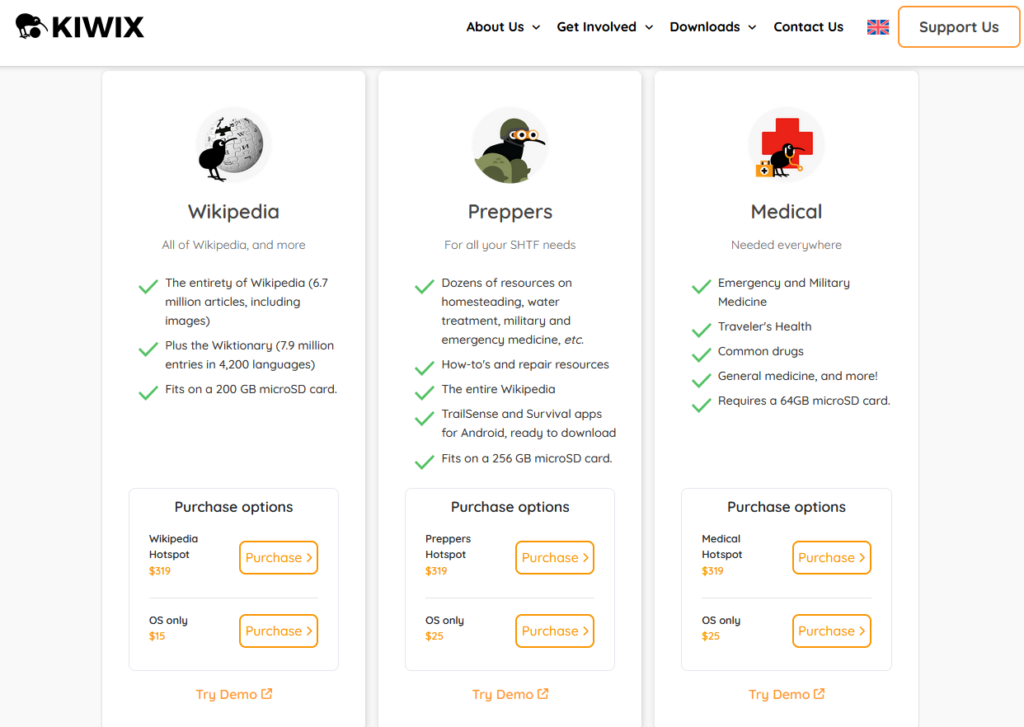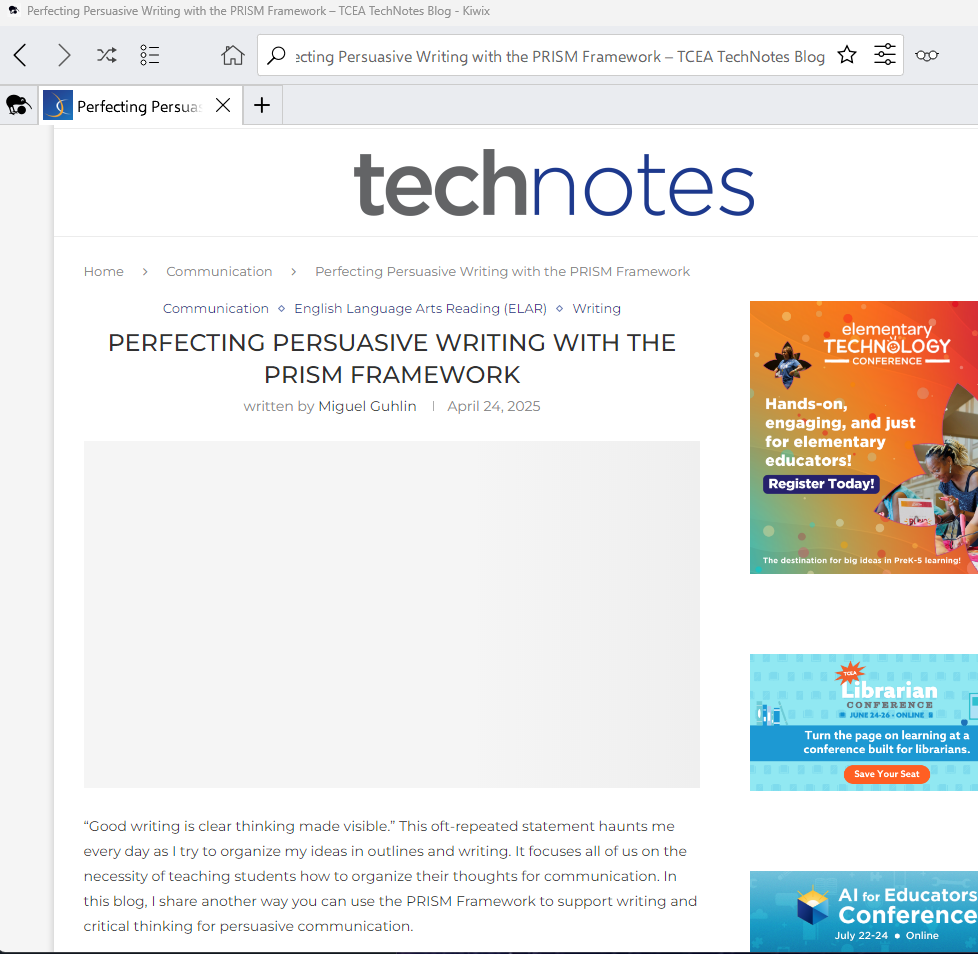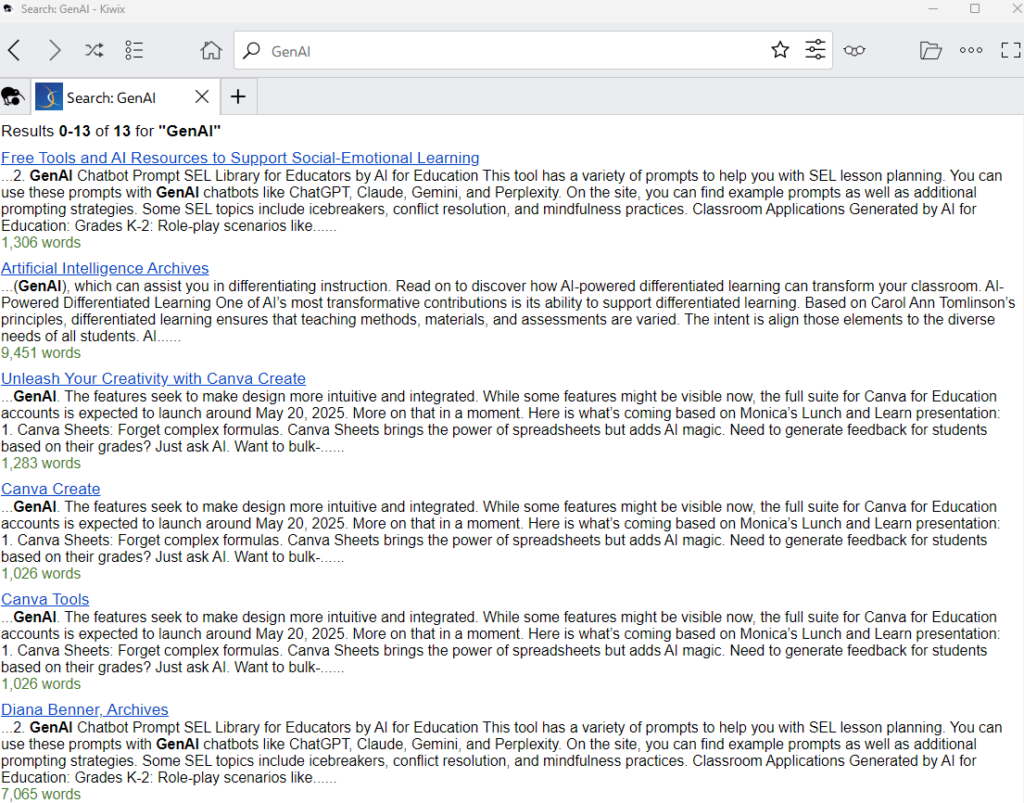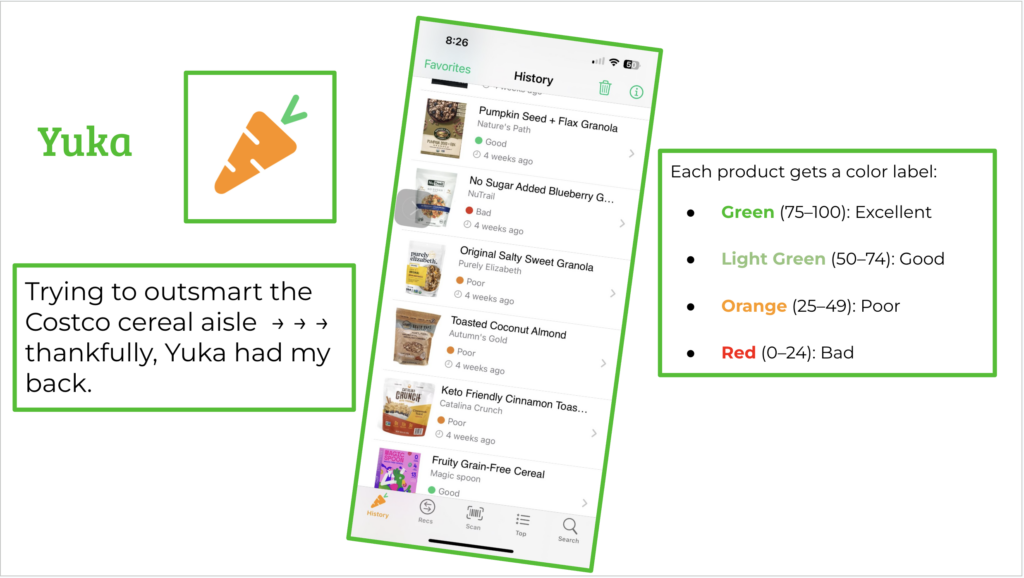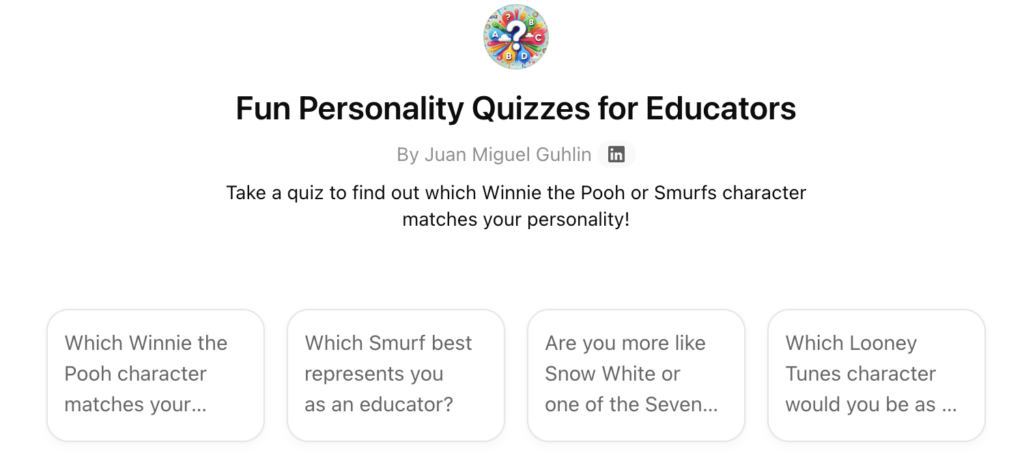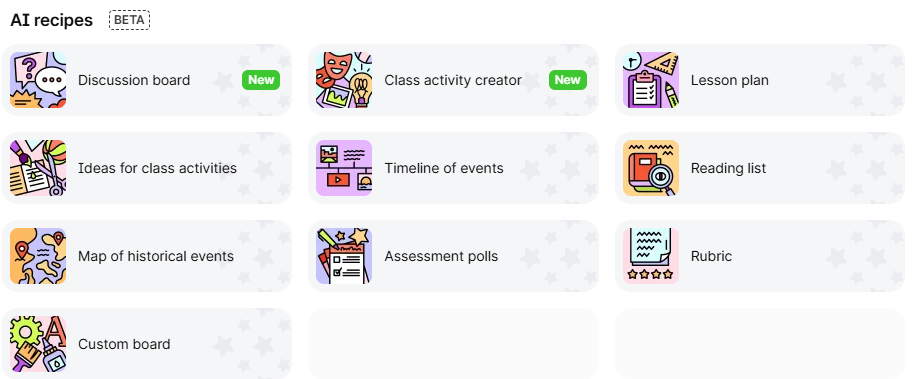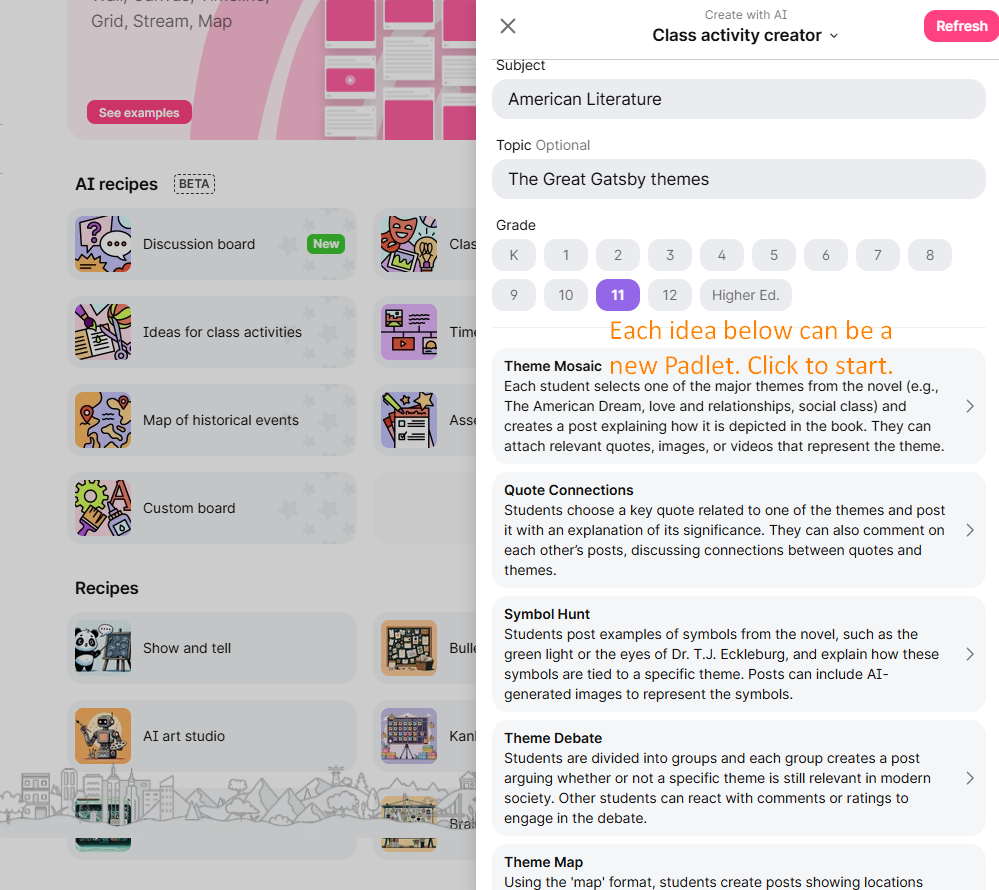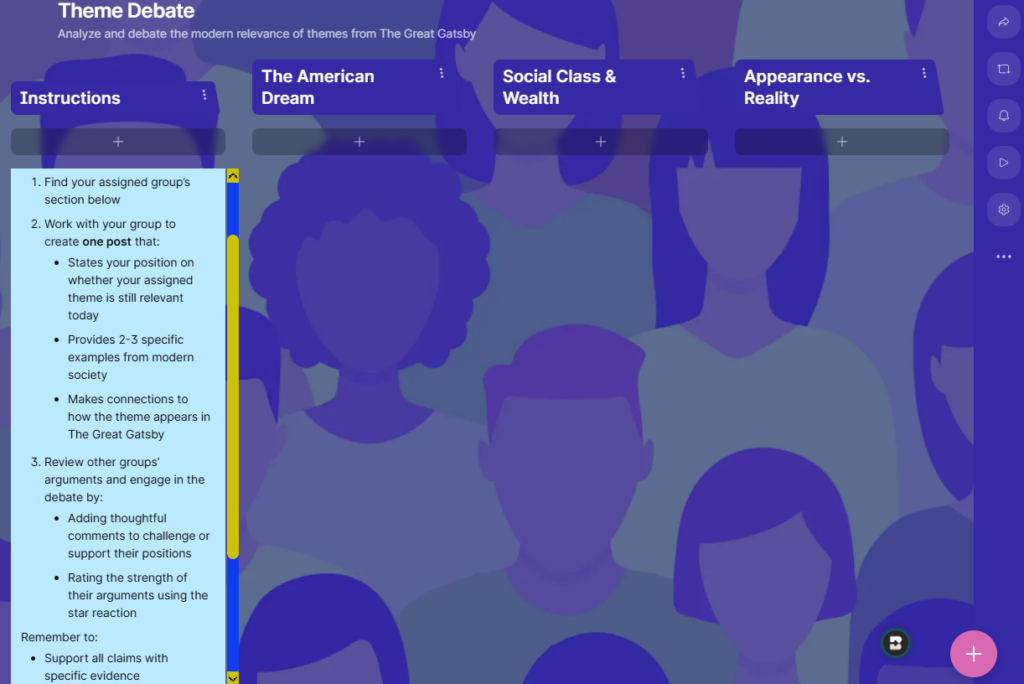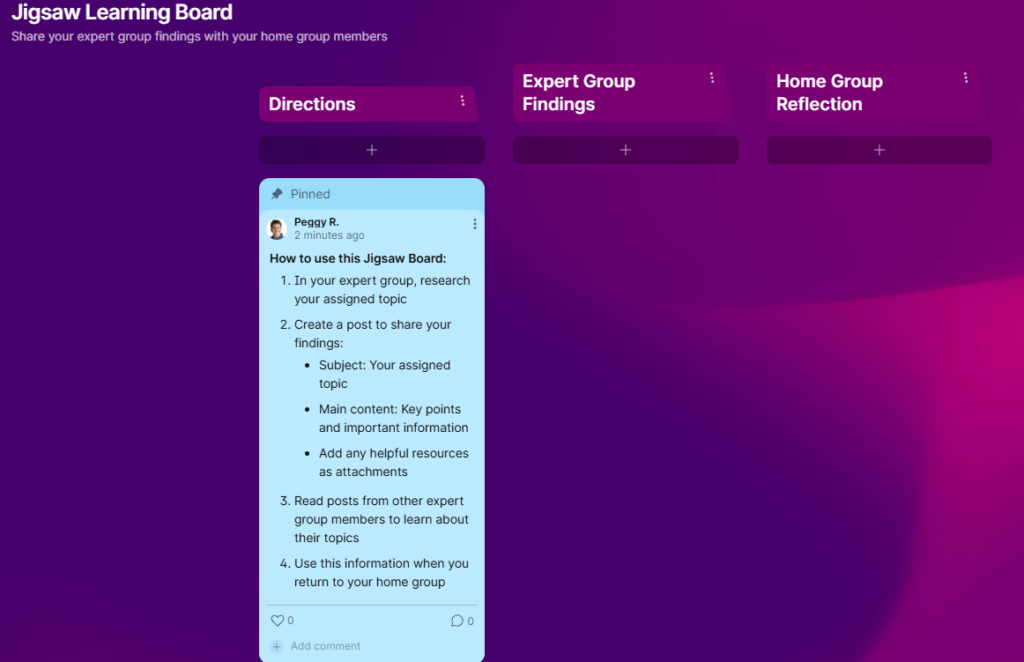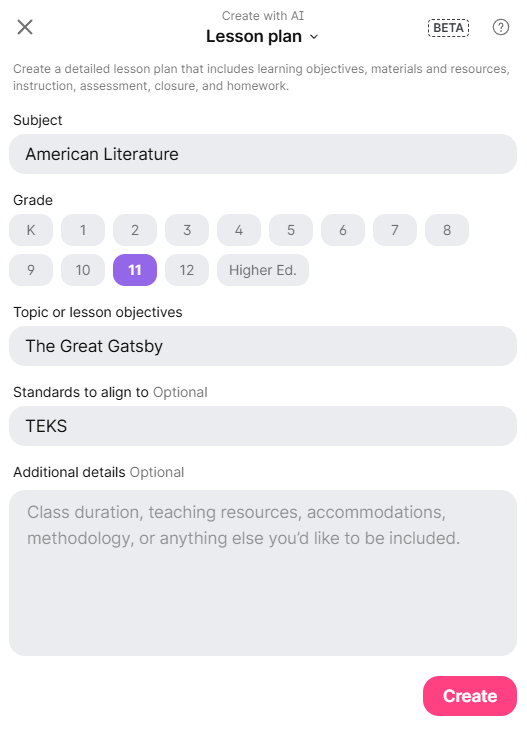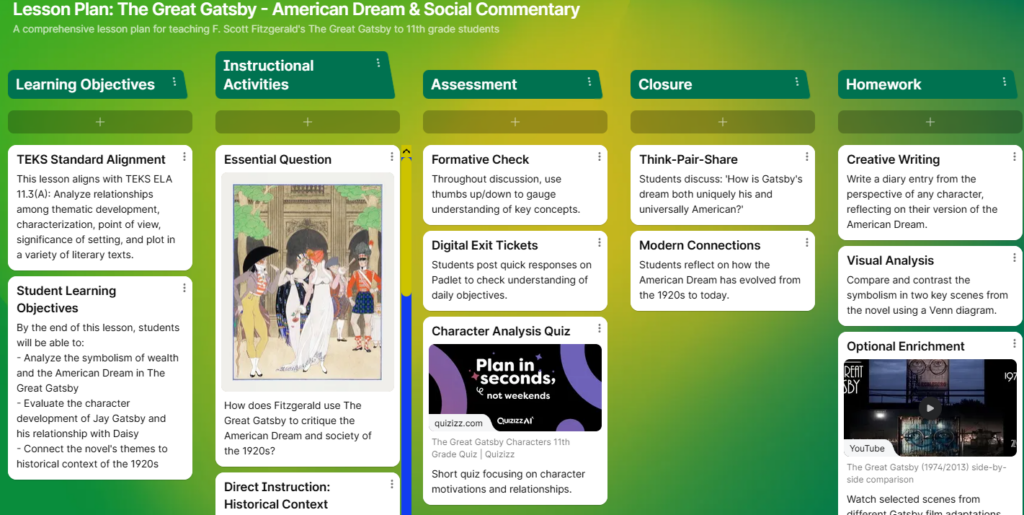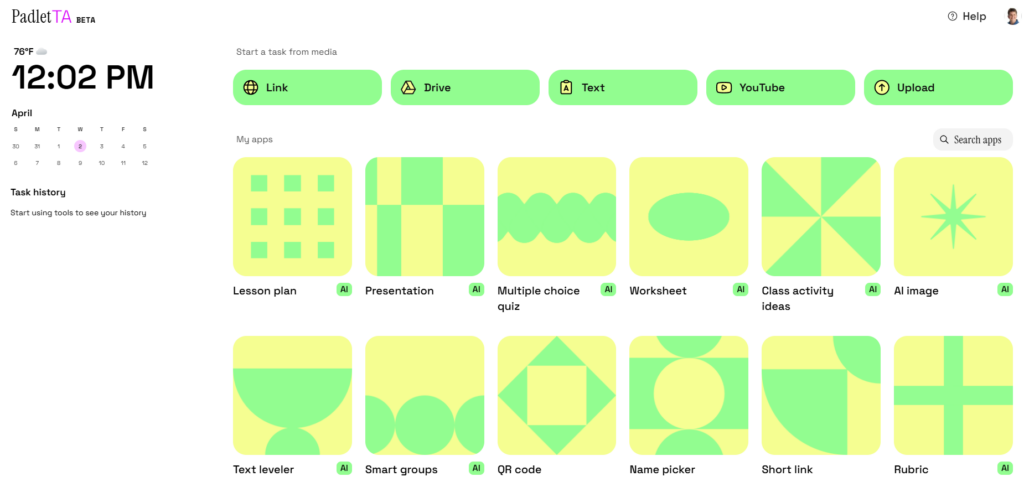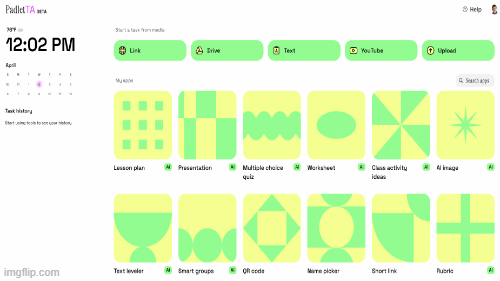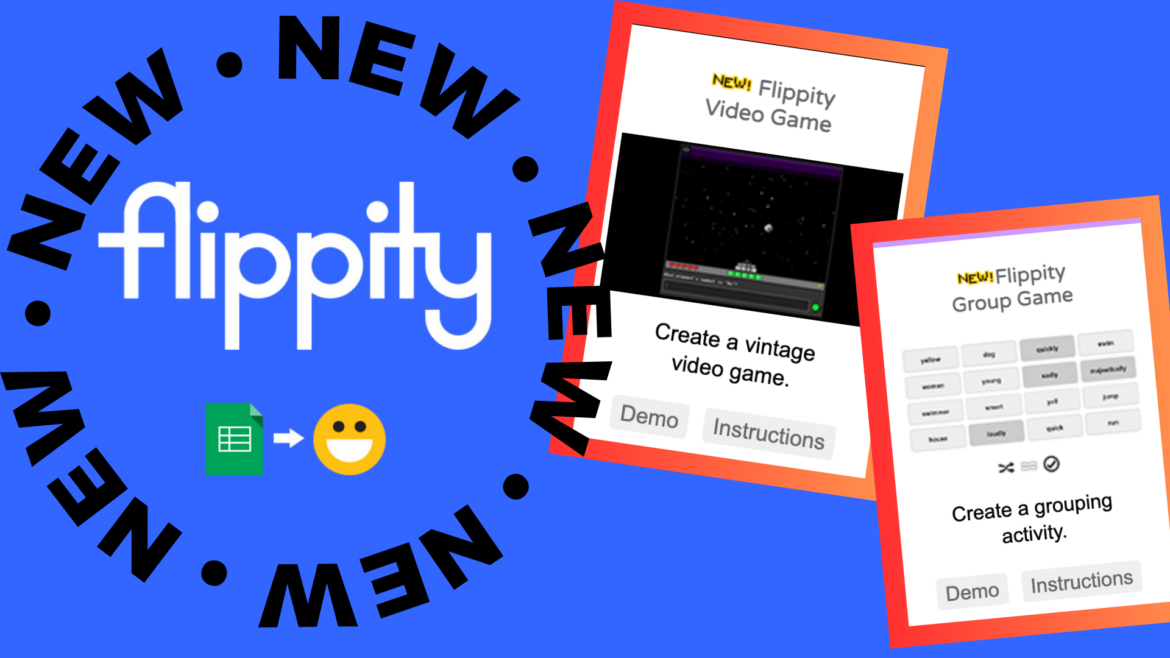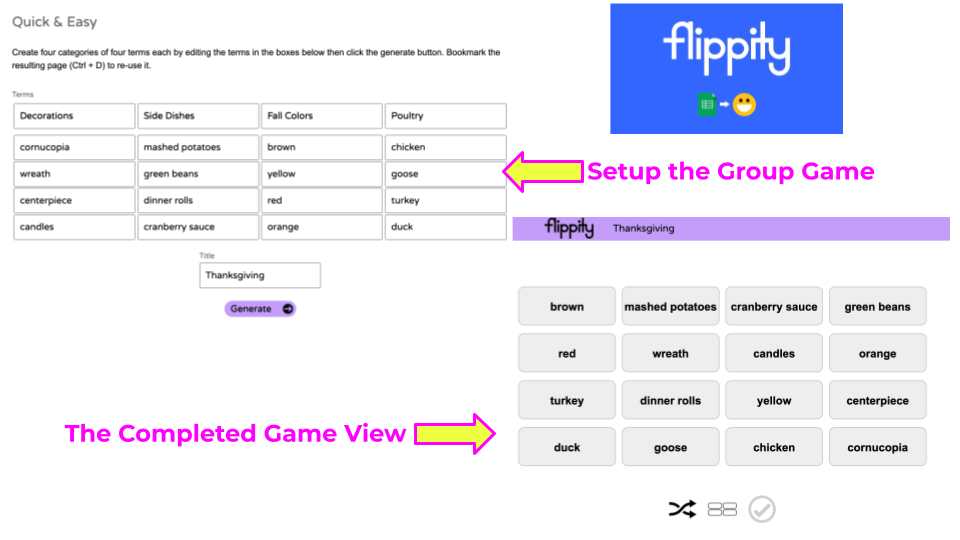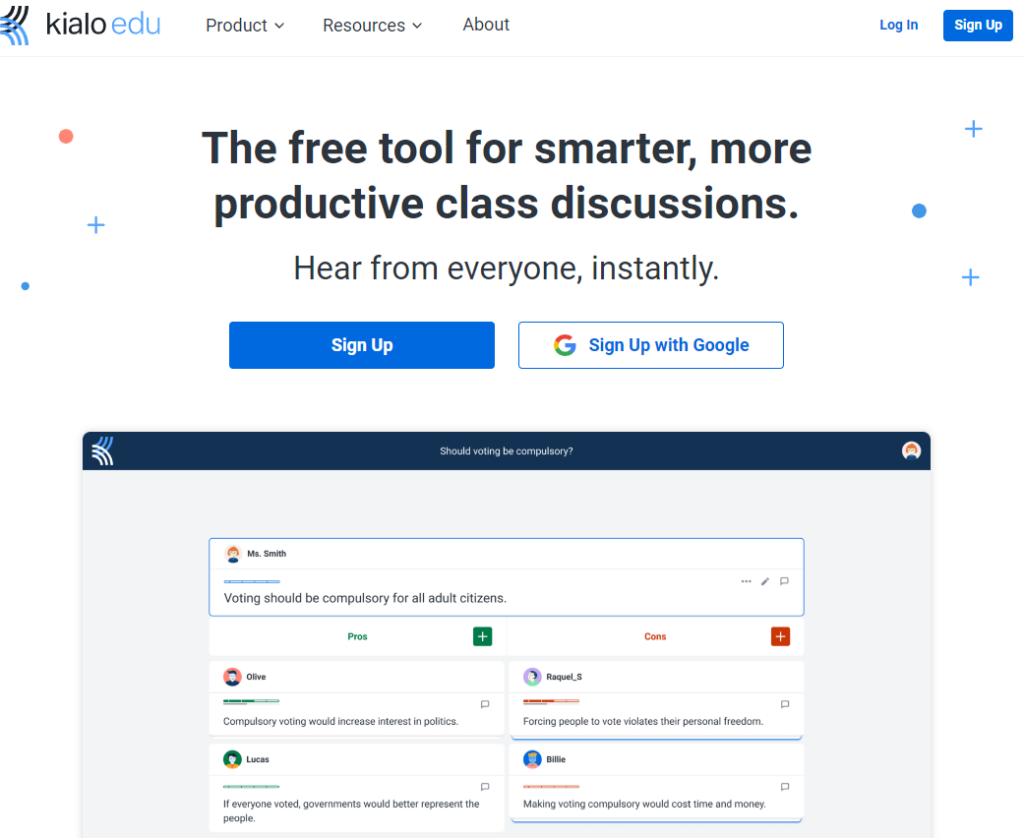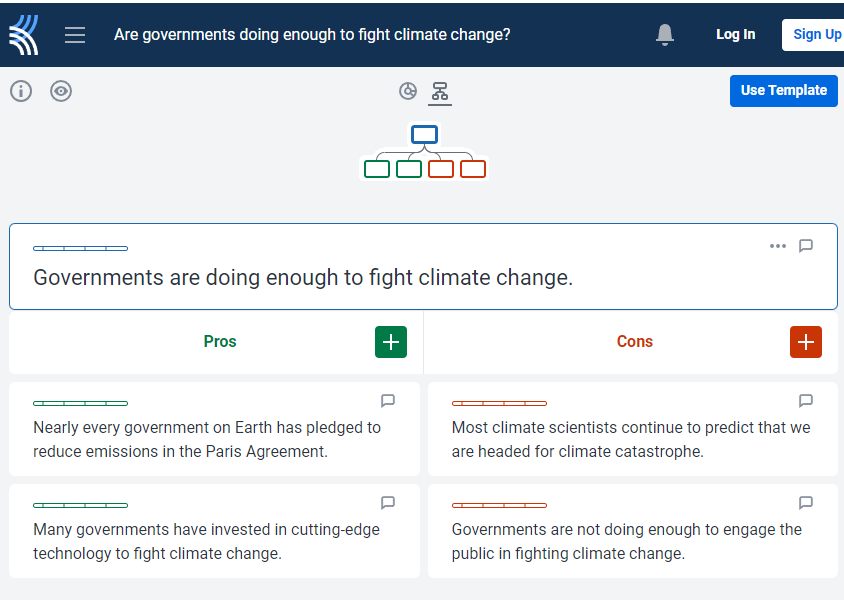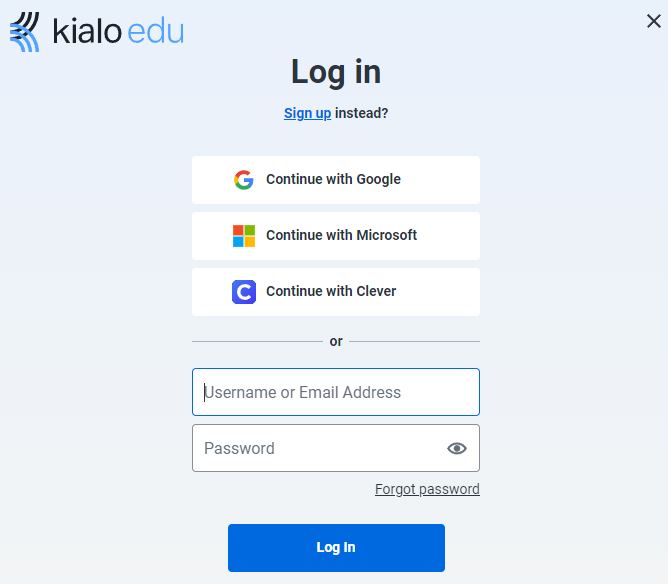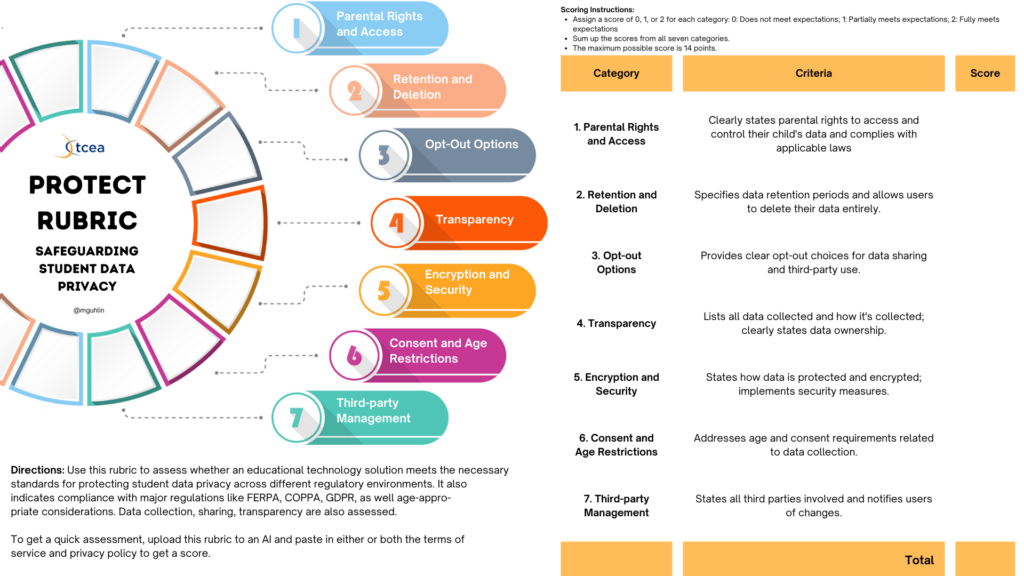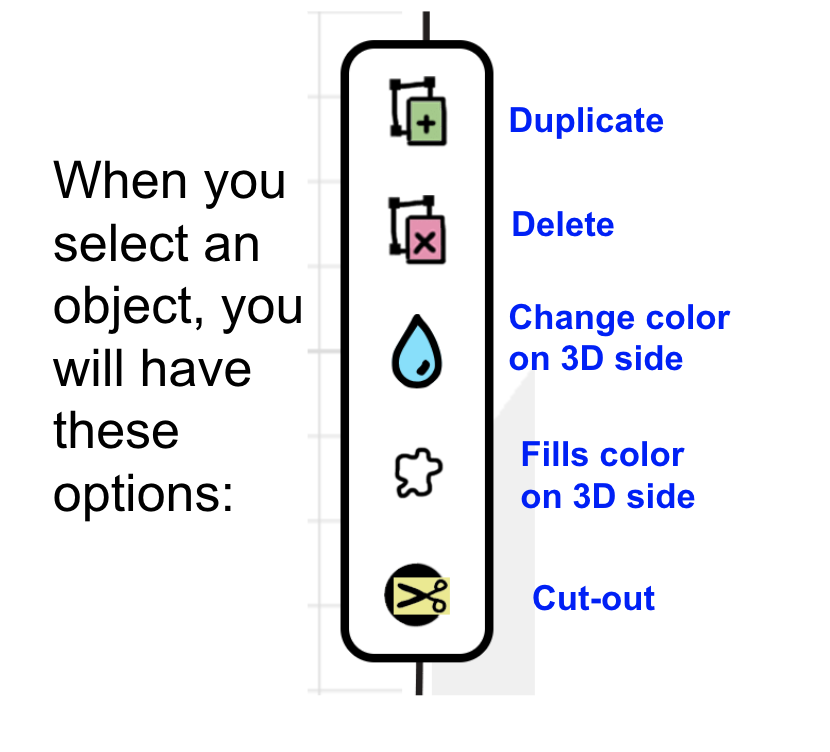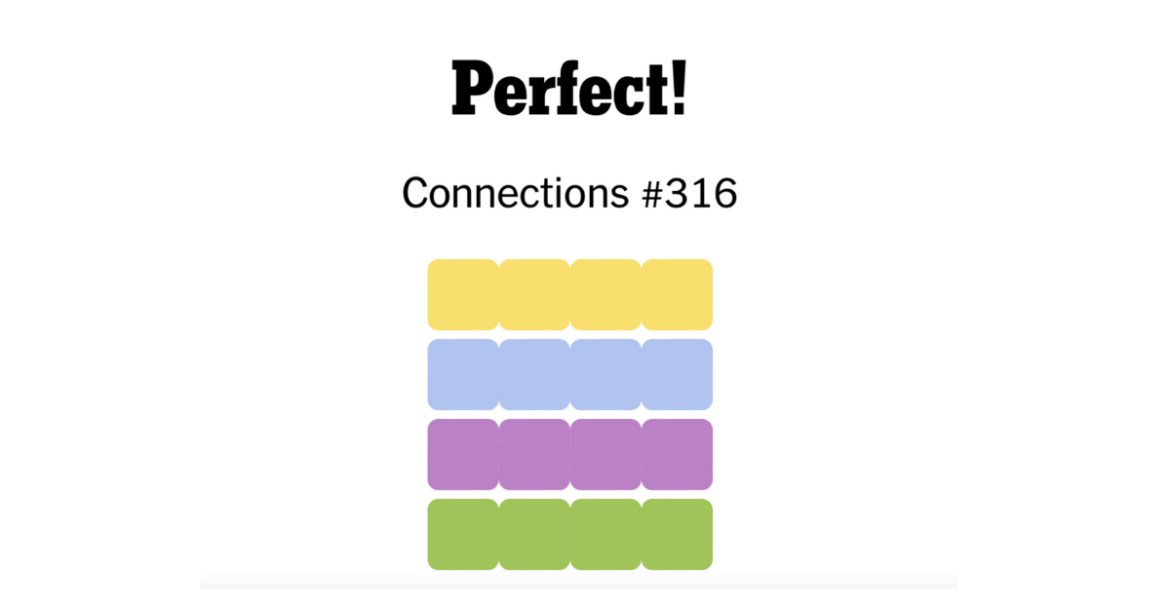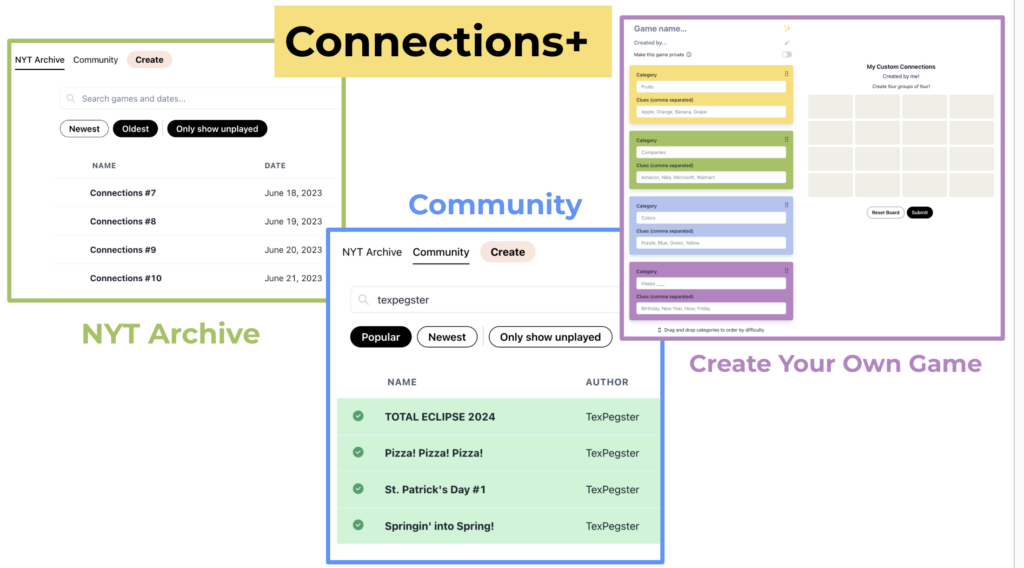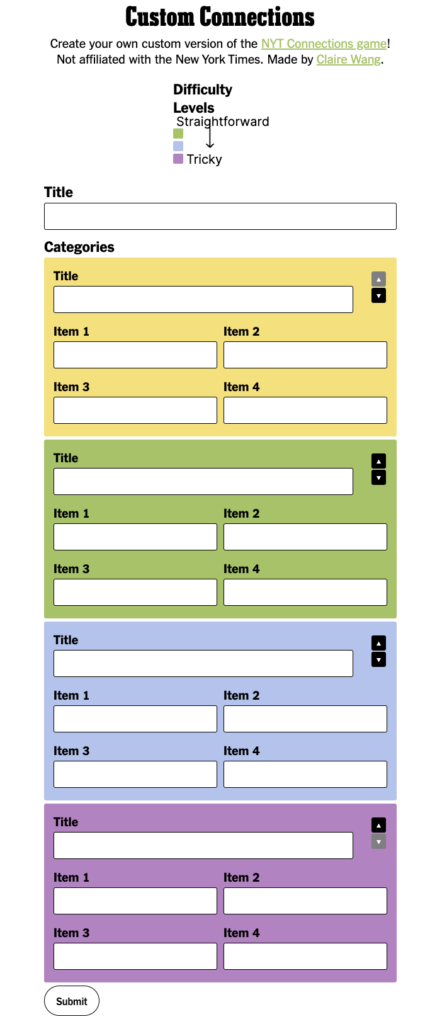Discover innovative online tools for education. Explore strategies and resources to enhance teaching, learning, and collaboration in the digital age.
Picture this: You spend 20 minutes trying to get ChatGPT to create the perfect AI-generated images for your lesson plan. The first attempt gives you a blonde teacher when you asked for diversity. The second try changes the classroom entirely. By the third attempt, you’re ready to give up and use clip art from 2003.
Sound familiar? If you’re struggling with inconsistent AI-generated images and visuals, you’re not alone in the content creation challenge. There’s a better way.
The Problem Every Educator Faces (And Why It’s Not Your Fault)
You’re not alone in this struggle. Traditional AI prompts are like asking a student to “write something good about science”—too vague, inconsistent results. When you’re creating:
- Sequential lesson visuals that need the same characters
- Brand-consistent marketing materials for your district
- Realistic career scenarios for CTE programs
- Diverse, representative imagery that reflects your student body
…you need precision, not guesswork.
Meet JSON: Your New Teaching Assistant
JSON (JavaScript Object Notation) sounds technical, but think of it as a detailed order form for your AI-generated images. Instead of hoping the AI understands your vision, you’re giving it a clear blueprint. It’s like the difference between telling a substitute teacher “keep the kids busy” versus leaving detailed lesson plans with timing, materials, and backup activities. You wouldn’t wing a parent conference, and you shouldn’t wing your AI image requests either. JSON transforms vague hopes into specific instructions that actually work.
Before and After: See the Difference
The Old Way (Frustrating):
“A teacher helping a student with a robot project in a classroom.”
Result: Generic white male teacher, random classroom, inconsistent lighting
The New Way (Precise):
{
"scene": "modern STEM classroom",
"characters": [
{
"role": "teacher",
"gender": "female",
"ethnicity": "Latina",
"age": "mid-30s",
"clothing": "casual professional",
"expression": "encouraging",
"pose": "pointing at robot mechanism"
},
{
"role": "student",
"age": "middle school",
"ethnicity": "Black",
"gender": "male",
"clothing": "STEM club T-shirt",
"expression": "focused concentration",
"pose": "adjusting robot components"
}
],
"objects": ["Arduino robot", "laptop with code", "engineering notebook", "whiteboard with circuit diagrams"],
"lighting": "bright natural light from windows",
"mood": "collaborative and innovative"
}
Result: Exactly what you envisioned, every single time
The Genius Shortcut: Let AI Write Your JSON
Not comfortable writing JSON yet? Here’s the educator’s secret weapon:
- Upload any image to ChatGPT (could be from your phone, a stock photo, or even an AI image you liked)
- Ask: “Create a JSON structure describing this image that I can use to generate similar images”
- Get instant JSON templates you can modify and reuse
This reverse-engineering approach is perfect for busy educators who want results fast, or want to tweak one thing at a time to see how each attribute impacts the overall aesthetics of the image.
Game-Changing Applications for Your Classroom
🎯 Elementary Teachers
Create consistent character families for math word problems. Instead of generic stick figures or clip art, your students will connect with real-looking characters they recognize from problem to problem. This visual consistency helps students focus on the math concepts rather than getting distracted by constantly changing faces and scenarios.

{
"characters": [
{"name": "Maya", "role": "student problem-solver", "clothing": "purple hoodie"},
{"name": "Carlos", "role": "math buddy", "clothing": "striped shirt"}
],
"scene": "classroom math center",
"problem_type": "addition with manipulatives"
}🔬 Middle/High School Science
Build lab safety scenarios with proper PPE. Show students exactly what safe practices look like in realistic laboratory settings, reinforcing safety protocols through visual modeling. These images become powerful reference materials that students can internalize much faster than reading safety manuals alone.

{
"scene": "chemistry lab",
"safety_equipment": ["safety goggles", "lab aprons", "closed-toe shoes"],
"demonstration": "proper chemical handling",
"diversity": "mixed ethnicity student group"
}🛠️ CTE Educators
Model authentic workplace environments. Give students realistic previews of their potential career paths with industry-accurate tools, settings, and safety standards they’ll actually encounter. These visuals help bridge the gap between classroom theory and real-world application, making career preparation more tangible and motivating.

{
"career_pathway": "automotive technology",
"setting": "professional garage bay",
"tools": ["hydraulic lift", "diagnostic scanner", "tool chest"],
"safety_focus": "proper lifting techniques",
"industry_accuracy": "current technology standards"
}📢 District Communications
Maintain brand consistency across all materials. Professional-looking communications build trust with parents and community stakeholders while reinforcing your district’s identity and values. Consistent visuals also save time and budget by eliminating the need for expensive graphic design services for routine materials.

{
"brand_elements": {
"color_palette": "school district blues and grays",
"logo_placement": "bottom right corner",
"font_style": "clean, professional"
},
"message_tone": "welcoming and inclusive",
"representation": "diverse student and family demographics"
}Your JSON Toolkit: Copy-Paste Templates for AI-Generated Images
Basic Character Template
{
"character": {
"role": "student/teacher/parent",
"age": "specific age or range",
"ethnicity": "be specific for representation",
"gender": "as appropriate",
"clothing": "describe style and colors",
"expression": "emotion that fits your lesson",
"pose": "what they're doing"
}
}Scene Enhancement Add-Ons
{
"lighting": "natural classroom light/dramatic/soft",
"camera_angle": "eye level/slightly above/close-up",
"background_activity": "other students working/hallway visible",
"wall_decorations": "subject-specific posters/student work",
"mood": "collaborative/focused/celebratory",
"art_style": "realistic/illustration/watercolor"
}Pro Tips That Will Save You Hours
- Art Style Consistency: Add
"art_style": "flat illustration"to all your prompts for a cohesive look across your materials. - Color Control: Use
"color_palette": "warm earth tones"or"color_palette": "school brand colors"for instant visual harmony. - Perfect Proportions: Include
"camera_angle": "eye level"and"framing": "medium shot"for professional-looking educational content. - Speed Hack: Save your most-used JSON templates in a document. Just copy, paste, and modify the details you need to change.
Beyond the Basics: Advanced Educator Tricks
This is where JSON really shines for curriculum development. When students see the same characters moving through different scenarios, it creates a narrative thread that helps them follow complex concepts across multiple lessons. It’s like creating your own educational comic book series where the visual familiarity supports deeper learning retention.
Create Series Consistency
Building a unit on ecosystems? Use the same base JSON but modify only the "biome" field. Same characters, same art style, different environments. Your students will love the visual continuity.
- Lesson 1:
"biome": "rainforest" - Lesson 2:
"biome": "desert" - Lesson 3:
"biome": "ocean"

Cultural Responsiveness
Include specific cultural elements:

{
"cultural_elements": {
"celebration": "Diwali classroom celebration",
"decorations": "rangoli patterns on floor",
"clothing": "traditional and modern mix",
"food": "Indian sweets on sharing table"
}
}Your Week 1 Challenge: Pick One and Try It
Choose your adventure:
- The Series Creator: Make 3 images for your next unit using the same JSON character but different scenes
- The Brand Builder: Create 2 promotional images with consistent styling for your next parent newsletter
- The Safety Guru: Generate workplace safety scenarios for your CTE pathway with proper equipment and procedures
- The Representation Champion: Build diverse character templates you can reuse across multiple lessons
Tools to Get Started Today
A Quick Reality Check: Not all AI image generators understand JSON the same way. Some might interpret your quoted text as literal words to display in the image rather than descriptive attributes. If you see random text appearing in your images, try rephrasing your JSON as a natural sentence instead: “Create an image based on this structure:” followed by your JSON. Alternatively, ask ChatGPT (or another LLM) to convert your JSON into a traditional prompt format that any image generator can understand.
Free Options That Work:
- Mage.Space: Perfect for beginners, handles JSON well
- Leonardo.Ai: Offers style presets plus JSON control
- NightCafe: Great for saving and remixing your templates
- Ideogram.ai: Excellent text rendering in images, great for educational posters and signage
Premium Power: ChatGPT Plus users get DALL-E integration with JSON support built right in.
The Bottom Line
You became an educator to inspire learning, not to wrestle with inconsistent AI images. JSON prompts give you back control, save you time, and help you create the exact visuals your students deserve.
Start small. Try one JSON template this week. Notice how much more satisfying it feels when your AI actually listens to what you want. Your future self (and your students) will thank you.
What’s your biggest AI image frustration? Drop a comment below and let’s solve it together with JSON!
Quick Reference: JSON Cheat Sheet for Educators
{
"scene": "where it happens",
"characters": [
{
"role": "who they are",
"demographics": "age, ethnicity, gender",
"appearance": "clothing, expression, pose"
}
],
"objects": ["list", "of", "important", "items"],
"style": {
"art_style": "realistic/illustration/sketch",
"lighting": "natural/soft/dramatic",
"color_palette": "warm/cool/school_colors",
"mood": "collaborative/focused/celebratory"
}
}Remember: You can add any field that helps describe what you want. The AI is surprisingly good at understanding custom attributes!



